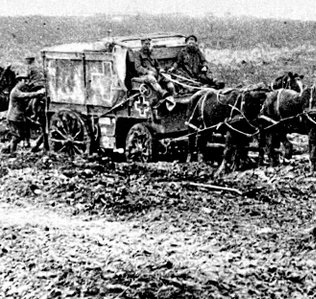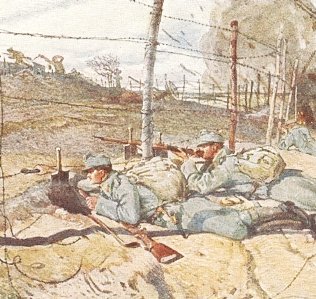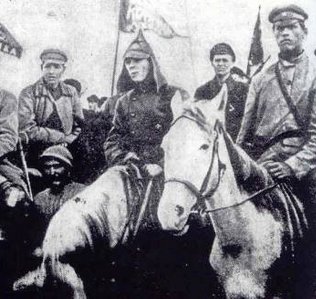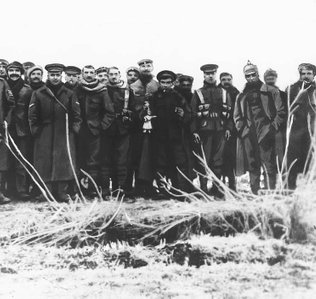First World War
We have inherited a trove of primary materials, memoirs and artefacts from the First World War. Indeed, such is the scale of the sources available that historians continue to argue and debate the details. My feature on horses and mules was written long before the phenomenon of War Horse, and its original title, The Forgotten Army, has been made redundant by subsequent research in this field. In addition, two of my features explore events in the immediate aftermath of the war. The Bloodhounds of Berlin examines the political intrigue and street fighting witnessed in Berlin from 1918-1919, while Bloody Lances and Broken Sabres discusses the defeat of Budyonny's First Cavalry Army that was under the command of one Joseph Stalin.
Click on the pictures below to access the features or use the tabs above.
Horses and Mules
The British and Commonwealth armies on the Western Front would have been defeated without the steady supply and use of horses and mules. They were lost by the thousand.
Mountain Fury
Some of the fiercest fighting witnessed in the Alps started in May 1916 between the forces of Austro-Hungary and Italy. Could Italy hold the line or would their armies crack?
Poland 1920
Budyonny's dreaded First Cavalry Army could have changed the course of history had it supported the Bolshevik drive on Warsaw. Stalin's jealousy and stiff Polish resistance doomed it to defeat.
Christmas Truce
Christmas 1914 witnessed one of the First World War's most unusual events: a temporary ceasefire across sections of the Western Front, primarily between British and German forces. What really happened?
Bloodhounds of Berlin
A revolution erupted across Germany in the wake of the country's defeat on the Western Front. Events in Berlin would determine whether the country chose democracy or veered towards the Bolshevik model.




